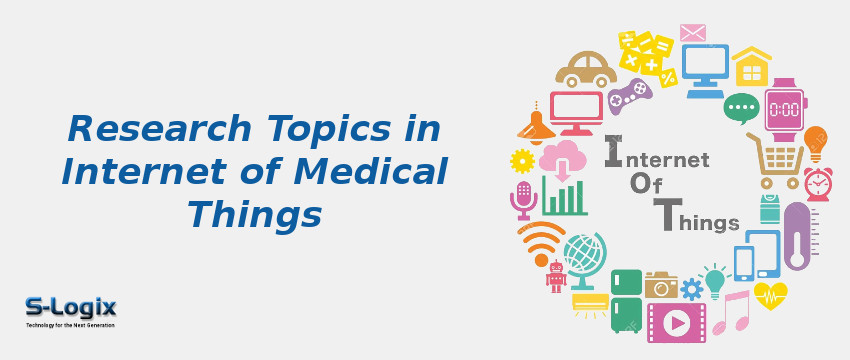The Internet of Medical Things (IoMT) connects medical devices to the internet and software applications. The IoMT is employed to diagnose the diseases at a lower cost accurately. The wearable devices of IoMT assist the doctors to monitor the patients frequently, and the patients continuously send a report about their conditions, resulting in an increased survival rate of patients from diseases. The doctors can easily know the blood pressure level, health conditions, and heartbeat rate remotely using IoMT.
The IoMT is responsible for transmitting the patients’ data securely over the Internet. The IoT protocols can be applied to IoMT only while ensuring the required security features. Moreover, the IoMT requires an effective security infrastructure than other IoT systems. The shared data from IoMT devices are not always clear who legally owns that medical data. For instance, when a hospital medical device captures data about a patient’s health, a third-party cloud application is stored for data storage, so security is essential to sharing the data with a third-party server.
